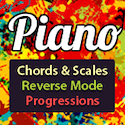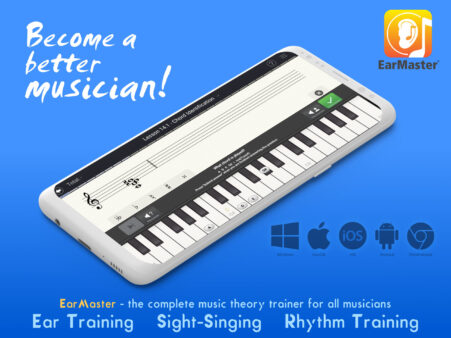Dr. Paul Wirth is giving the teaching demonstration this morning. His focus is on Developing Artistic Command through Technical Mastery

Dr. Wirth took on a project specifically for the purpose of demonstrating at this conference. His student is 14-year old Tony Caparelli, whom he took on a year ago as a 13-year old student. He showed several video clips of Tony’s playing to illustrate some of the technical trouble that he was experiencing.

A funny anecdote: Dr. Wirth shares that he checked Tony for “finger blindness – you know that disease that prevents students from seeing the penciled-in finger markings in their score. He shines a bright light in their eyes and checks for the disease. Assured that they are disease-free, he proceeds with his teaching.
He goes on to share an analogy of a “studio rowboat” with an oar on each side:
1. “Well Spring” of Pedagogical Principles
-Music is a Language
-The Interpretive Process
-Piano=Harp on its Side
-Gravity Based on Technique
-Scales and Chords: Building Blocks of Music
-The Magic of Melody
-Nature’s Clues to interpretation
–Beat, the Invisible Dynamic
-The Thing You Do is The Thing You Learn
-Repetition: The Mother of Learning
-Fingering is Everything
2. “Moving Waters” of Motivational Resources
-Pieces
-Positivity
-Praise
-Peer Support
-Performing Example
-Pedagogical Principles
-Patience
-Personality
Although we are all different, there are specific technical principles that are common to all great piano performers. He identifies two mechanisms in the arm – the upper arm with the biceps and triceps and the lower arm with the wrist. He goes on to explain the primary technique is the ability to play either staccato or legato using no muscles from the first/upper mechanism. Secondary technique is gradually reapplying use of the biceps and triceps.

After demonstrating with Tony standing and then resting at a table, Tony moved to the piano to apply the principle to the piano keyboard. The analogy of walking through the snow was used. We don’t consciously think of needing to press the snow down as we walk, gravity automatically does that for us. Playing the piano keys should be the same. Gravity will apply the weight into the key bed for us. He continued to emphasize the need to keep the biceps and triceps completely relaxed while using the wrist to control the movement.

The beauty of this is that without pushing down or lifting up with the biceps and triceps, we cut the muscle use in half and make it much easier to manipulate and play fast chords and octaves. This is the essence of primary technique.
At this point, Dr. Wirth and Tony transitioned to secondary technique. Five Variations of primary technique were employed:
1. Karate chop
2. Fall-catch and Lighten Up
3. Bounce-off (a lift off the keys at the end of a phrase)
4. Bouncy walk (same as bounce-off, but not coming completely off the key)
5. Relax to crescendo (releasing the bicep muscle to create a crescendo)
Building an improved technique can open the door to a music room full of bigger and better musical pieces. However, it can also lead to bigger and better pieces devoid of musicality. Technical skills are a means to an end.
The demonstration was concluded with Tony performing the Chopin Etude they worked on throughout the year.














Leave a Reply